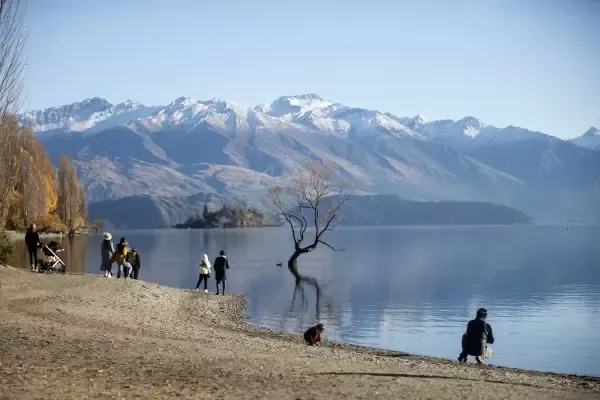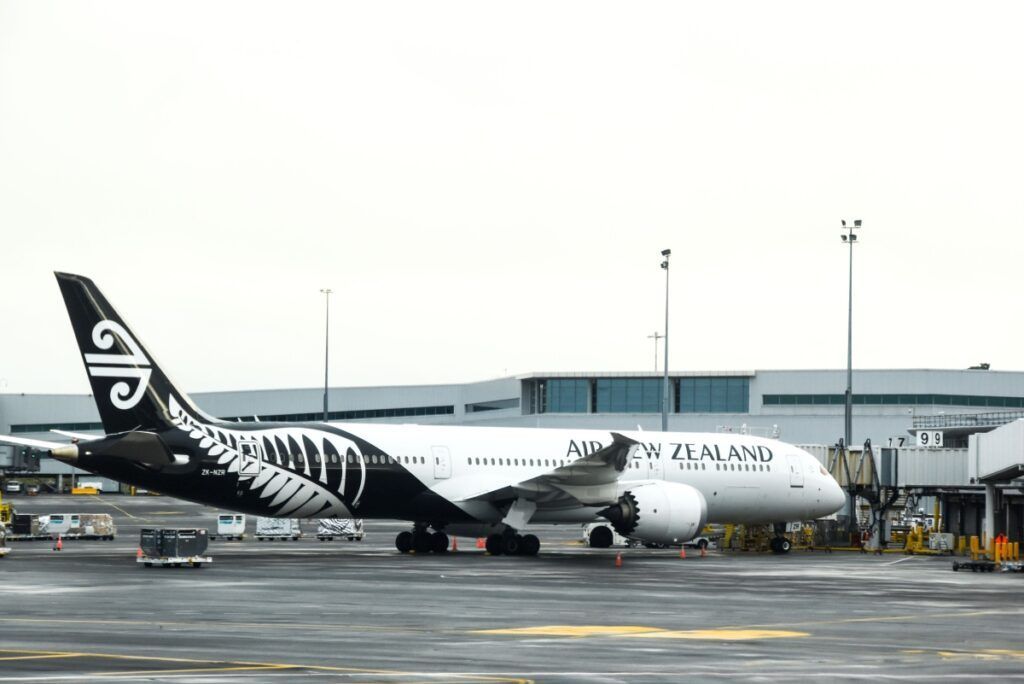Immigration News May 2022
INZ May 9th announcements appear to be a move to rebalance the entire immigration system.
There has been a shift from what was announced by the government previously
The changes are complex and have widespread ramifications that impact employers, migrants and their families.
Onshore Work Visa Extensions – Auto Granted
Migrants who are / were in NZ on 9 May and held work visas expiring on or before 31 December this year, have been granted extensions to their work visas:
- Work to residence visa holders in NZ have had their visas extended by six months.
- Holders of Essential Skills work visas, Post-Study Work visas, and partners of work visa holders have been granted two year open work visas.
These extensions have been auto granted by Immigration NZ. Partners and dependent children of these visa holders that are /were in NZ on 9 May have also got visa extensions by six months or two years.
Exemptions to Median Wage for Accredited Employer Work Visas
From July 4, the Accredited Employer Work Visa (AEWV) comes into force. This means that any NZ employer that wants to support and hire a migrant worker to work in NZ, must be accredited by INZ first.
A median wage threshold of $27.76 per hour is being introduced for most AEWVs. However, exemptions to the AEWV median wage threshold have now been announced.
- New sector agreements are being put in place for the care, construction, infrastructure, meat processing, seafood, seasonal snow, and adventure tourism sectors.
Each of these sectors will be provided limited exceptions to the median wage requirement in exchange for ongoing improvements.
This will allow these sectors time to improve working conditions and put significant effort into retaining, training, and upskilling New Zealanders, or changing labour needs.
For example, many tourism and hospitality roles will be given an exemption to the median wage, with a lower wage threshold of $25 per hour until April 2023. Certain care workforce roles will have an interim reduced wage threshold of $25.39 per hour.
High Skilled Migrants
A new Green List is being introduced and will include over 85 hard-to-fill roles created to attract and retain high-skilled workers to fill skill shortages.
The Green List includes occupations in the construction, engineering, trades, health, and ICT sectors. The Green List will replace the existing skills shortage lists (Long-Term Skill Shortage List, Regional Skills Shortage List, and Constructions and Infrastructure Skill Shortage List).
Border Opening
New Zealand will reconnect with the world three months earlier than expected. The border will fully re-open on July 31 at 11.59 pm.
The new reopening dates are:
- 4 July: All work visa categories open for applications (including Accredited Employer Work Visa)
- 31 July: All student and visitor visa categories reopen
Other major policy updates were also announced with the aim of speeding up the economic growth of New Zealand.
Residence Pathways
From September 2022 onwards, migrants in the Green List occupations and migrants paid twice the median wage will have streamlined pathways to residence.
Some will be able to directly apply for residence and others will be eligible for residence after two years of working in NZ.
Further announcements on Skilled Migrant Category will be made in the coming months.
Partnership Visas
From December 2022, most partners of temporary migrant workers will be granted visitors visas.
If they wish to work, they will need to qualify for an Accredited Employer Work Visa in their own right.
Unlike other work visa holders, all partners can work less than 30 hours a week, reflecting they may have other responsibilities, such as childcare, and are not the primary household earner.
Partners of migrants working in Green List occupations or paid twice the median wage will be able to gain open work rights.
Student Visa and Post-study Work Visas
- International students studying bachelor’s or post-graduate courses or higher will continue to receive Post-Study Work Visas.
- Students undertaking a qualification at sub-degree level (Level 7 and below, excluding bachelor’s degrees) will only be eligible for post-study work rights, if the qualification is relevant to an occupation on the Green List.
- From 31 July 2022, the cost-of-living funds requirement for tertiary international students will increase to $20,000 from $15,000 per year.
- For primary and secondary school international students, fund requirements will be set at $17,000 per year.
Employer Accreditation Mandatory
In 2023, a new requirement will come into effect, with all employers needing to be accredited to employ any migrant, including those with open work rights (such as working holidaymakers or students).











